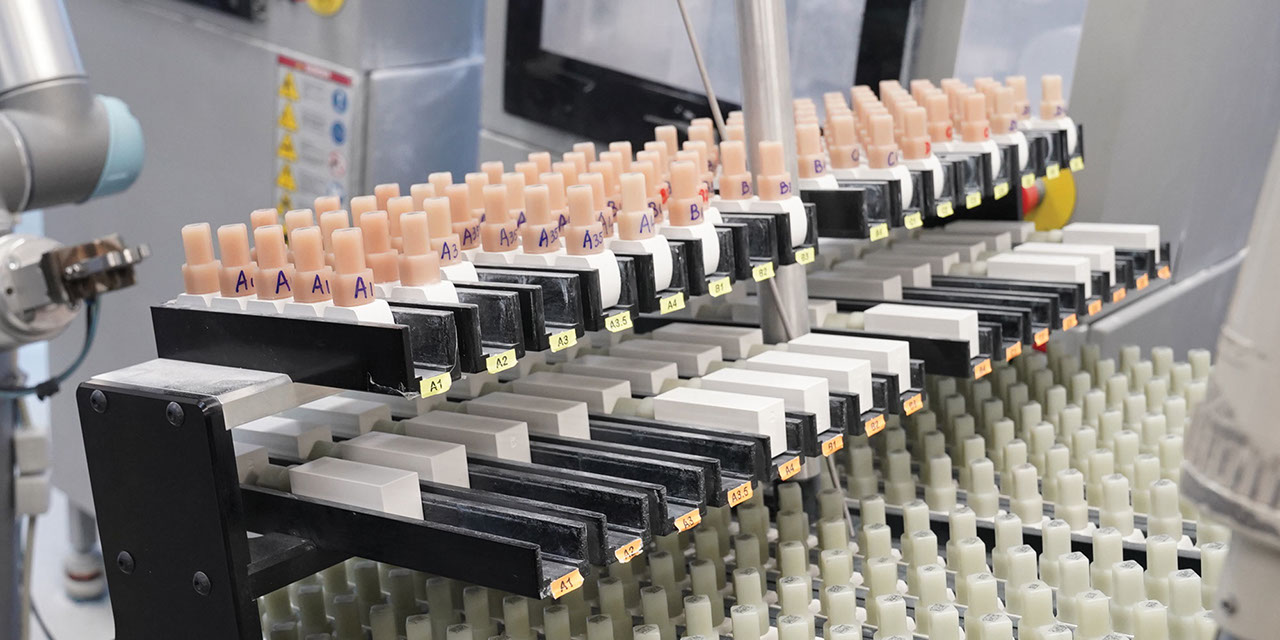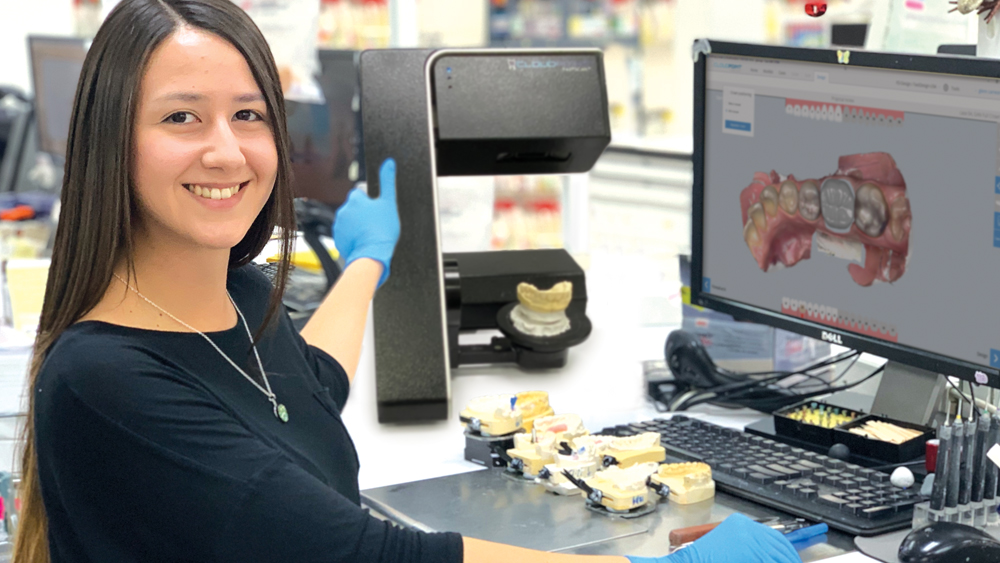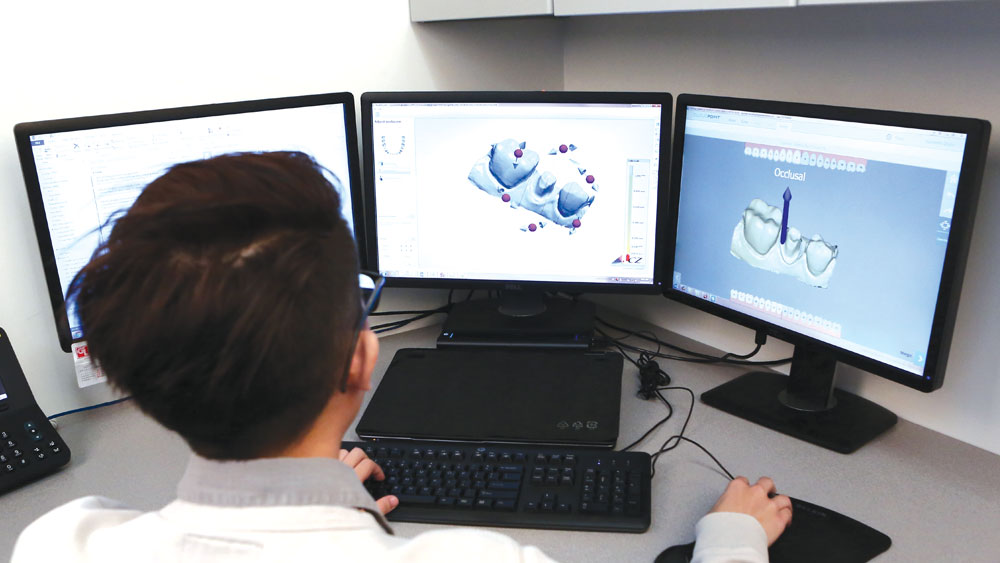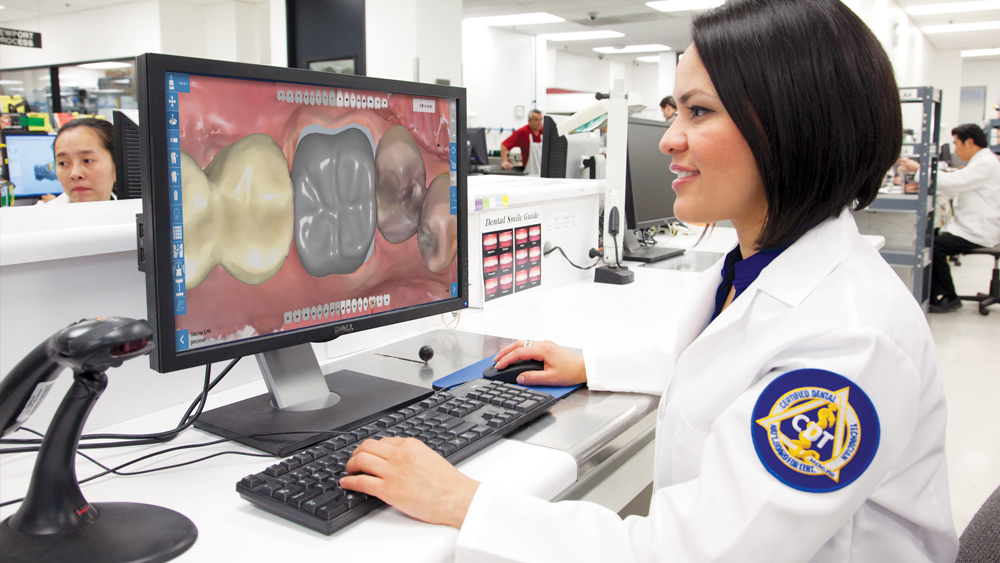Utilizing AI to Produce Better Crowns, Faster

Only a few years ago, artificial intelligence seemed like a futuristic — even fantastic — concept, but the truth is that AI has already taken root in our day-to-day lives. For example, when you get into your car and your smartphone already knows where you’re going and how long it will take you to get there — that’s AI. The machine-learning technology that powers AI initiatives has advanced to the point that the ongoing collection of large amounts of data — including the predictability of the route you take to work each morning — is paying big dividends.
In fact, the AI used in your smartphone’s map app is surprisingly similar to technology now being leveraged in clinical dentistry. One notable example is found with new dental services that use AI to analyze radiographs to assist in diagnosis. A dentist can upload a patient’s radiograph to a website for a diagnostic reading. Using large amounts of data input by teams of diagnosticians, the AI algorithms can provide possible diagnoses and detect areas requiring additional examination.
THE GLIDEWELL AI INITIATIVE
Now, imagine what might be possible with a knowledge base of 20 million individual data sets. Engineers and technicians at Glidewell have collected 10 years of CAD restoration designs to create a mammoth database for future design proposals, and they are now using this information in what the company calls “Crown AI.”
With each new CAD restoration, Crown AI expands on what it has already learned about ideal contacts, occlusion, shape and anatomy. And thanks to the science of artificial intelligence, the result of the storage and usage of this wealth of data is constantly improving the accuracy and precision of restorations produced at Glidewell.
By the end of this year, the majority of crowns designed at Glidewell will be created with the benefit of machine-learning technology. The result will have a positive impact on your practice: better crowns made faster and delivered more quickly, enabling you to provide better service to your patients.
HOW AI IMPROVES THE LAB PROCESS AND CROWN DESIGN

Your digitized preparation is uploaded into the design software.

The software analyzes the patient’s tooth anatomy captured in the model and generates a proposed crown design enhanced by information derived from millions of successful restorations.

If any modifications to the crown design are needed, the technician will make adjustments and this information is added to the stored data.

The finalized design file is sent to a milling machine, where the restoration is fabricated and then stained and finished by a technician.
ARTIFICIAL INTELLIGENCE, AUTHENTIC RESULTS
Consistency, accuracy and speed — these are the hallmarks of crowns designed and manufactured by Crown AI. Given that automation is essential for modern manufacturing, Glidewell continues to harness the power of artificial intelligence. The result of this shift in production is a restoration that is back in your office in a few days, fits effortlessly and is affordable for you and your patient. And there is nothing artificial about that.



